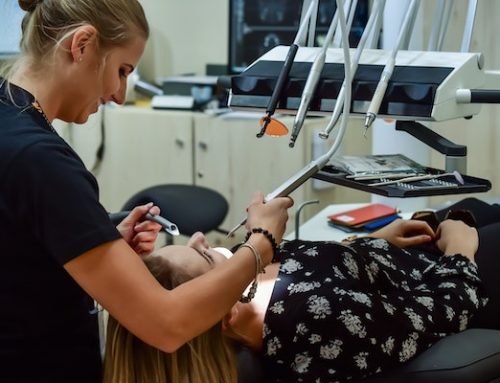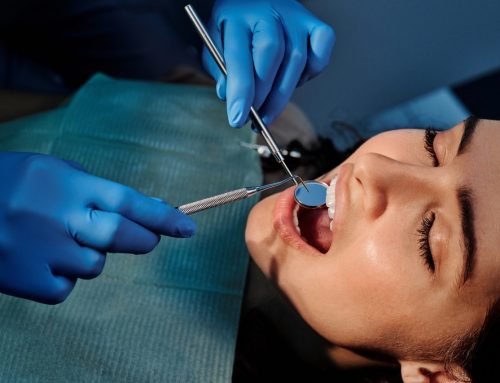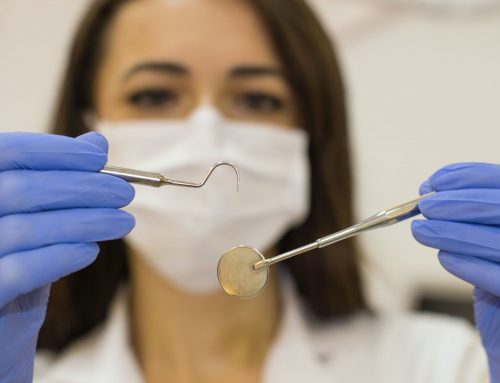When you hear the words tooth extraction our gut reaction is to recoil – tooth extraction strikes the general public as a painful, invasive procedure that’s best avoided. Yet, having a tooth pulled out is an occasional necessity. With modern dentistry, however, the procedure is more painless and straightforward than ever before.
Below we will be discussing the reasons you may need a tooth extraction, discuss the basics of the procedure, then turn to the recovery process.
Why is tooth extraction necessary?
Tooth extraction is often explored as a solution for tooth or gum pain. It may also be a necessary precursor step for tooth implants or orthodontic treatment. Below are some reasons why tooth extraction can become necessary.
1. Severe tooth decay
The most obvious reason for teeth extraction is partial or full tooth decay. When decay is irreparable in the case of a root canal (endodontic treatment), or there is a high risk of infection spreading, the dentist may prescribe a tooth extraction.
The signs of severe tooth decay include some or all of the following:
• a persistent toothache or occasional twinges of pain without obvious stimuli
• tooth sensitivity when eating or drinking cold, hot, sweet or sour food
• dark spots appearing on your teeth
• persistent bad breath
If either of these symptoms crop up, it is vital that you go to the dentist immediately.
2. Gum disease
Tooth extraction can be a solution to periodontal disease, or serious gum infection that can spread to the jawbone. At its earliest stage, periodontal disease manifests itself as gingivitis where the gums become swollen and red.
When the disease progresses, the gums can pull away from the teeth, leaving tooth roots exposed. In these cases, tooth extraction is a possible option to help the gums heal.
3. Impacted teeth
When a tooth is impacted, it means that it’s blocked from erupting from the gums. Typically, this is because of tooth crowding inside the mouth. The result is often pain and pressure on other teeth or inflamed gums.
This is most common with our wisdom teeth (third molar), particularly the mandibular (bottom) wisdom teeth. These are typically the last adult teeth to emerge. However, tooth impaction can happen with any of our teeth as our baby teeth fall out.
The most common route of action for impacted teeth is extraction. If the case is severe enough, an emergency dentist may be required.
Dental radiographs are used to diagnose impacted teeth, and plan for their extraction.
4. Tooth overcrowding
As part of a preparation process for orthodontics, you may have teeth extracted. If your teeth are too big for your mouth, and prevent a straight alignment of your teeth, tooth extraction may be required.
Tooth extraction: Procedure
The tooth extraction procedure itself is straight forward. Your dentist or oral surgeon will begin their preparation of the site with a local anaesthetic or general anaesthetic.
Depending on the reason for the tooth extraction, different approaches may be required. If the tooth is impacted, the surgeon or dentist will proceed to cut away the gum or bone tissue that are preventing the tooth from erupting. They will then proceed to remove the tooth with forceps. If the tooth is hard to remove, they may break it into pieces before removal.
In order to encourage the formation of a clot, the dentist will pack gauze into the tooth socket, and have you bite to apply pressure, thereby stopping the bleeding. You may be required to hold this gauze in place for several hours. Self-dissolving stitches may be placed to encourage the healing of the gum edges.
If you have any conditions that may encourage severe infections, such as diabetes, you may be required to take antibiotics.
Tooth Extraction: Recovery
If all goes well, you will recover quickly – generally within a few days. The extraction socket should heal evenly and without any post-operative complications. However, as is the case for any invasive surgery, complications can happen.
The most common complication with tooth extraction is dry socket – a condition in which the clot falls out from the socket, leaving the bone underneath exposed. The condition is highly painful and will require a visit to the dentist in order to pack anti-septic and painkilling medication into the socket.
There are several things you can do to aid recovery after an extraction:
• Take painkillers as directed by your dentist.
• Apply an icepack to the affected area to reduce swelling.
• Limit physical activity and exercise for at least 24 hours after the extraction.
• Avoid rinsing forcefully for 24 hours, in order to protect the clot.
• After 24 hours has passed, gently rinse your mouth with a saline solution made from 250 ml of warm water with ½ tsp of salt dissolved.
• Eat soft food and liquid foods in the days following tooth extraction.
Do you think you are a candidate for tooth extraction?
At Chapel Park Dental we are committed to providing affordable dentistry, that will let you smile with confidence. A tooth extraction begins with a dental examination. Make a booking with Chapel Park Dental, for an affordable dentist in Auckland, and stay on top of your dental health.




